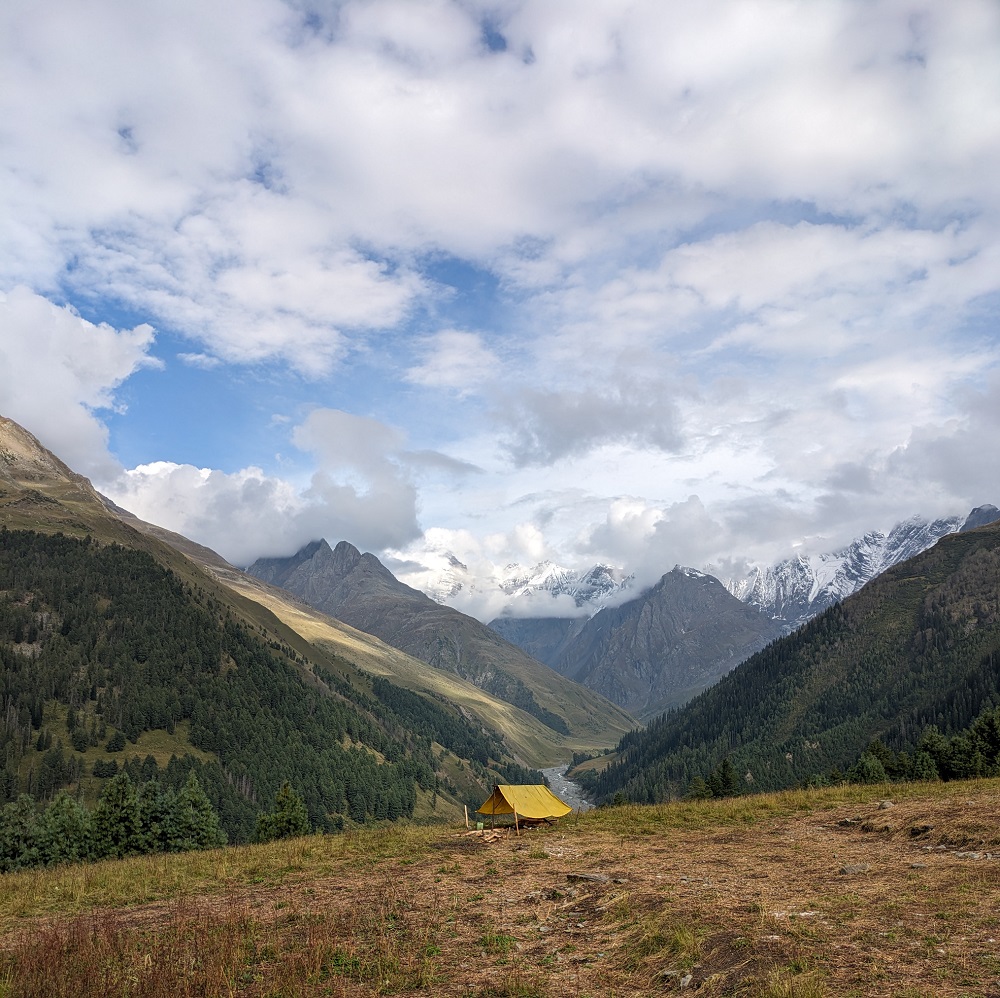Expert Tips on How to Prepare for Mountain Trekking
Introduction
Mountain trekking is an exhilarating adventure that allows you to connect with nature, challenge your physical limits, and experience breathtaking views. However, it’s essential to be well-prepared to ensure a safe and enjoyable journey. In this comprehensive guide, we’ll walk you through the steps to prepare for mountain trekking, covering everything from physical fitness to gear selection, so you can embark on your next alpine adventure with confidence.

Tips for a Thrilling Adventure
- Physical Preparation
Before you hit the mountains, it’s crucial to ensure that you are physically fit for the trek. Start your training several weeks in advance to build stamina and endurance. Some key aspects of physical preparation include:
a. Cardiovascular fitness: Engage in activities such as hiking, jogging, or cycling to improve your stamina. b. Strength training: Strengthen your leg muscles and core to better handle steep terrain. c. Flexibility and balance: Incorporate stretching and balance exercises to reduce the risk of injuries.
- Research Your Destination
Understanding the location you’ll be trekking in is vital. Research the terrain, weather, altitude, and any potential challenges specific to your chosen mountain. Familiarize yourself with:
a. Altitude: Learn about altitude sickness and acclimatization techniques. b. Weather: Check local weather patterns to pack appropriate clothing. c. Permits and regulations: Find out about any permits required for the trek. d. Trail maps and route options: Plan your route and have a map or GPS device on hand.
- Gear and Equipment
Investing in the right gear is essential for a safe trek. Make a checklist and ensure you have the following:
a. Proper hiking boots: Ensure they are comfortable and provide ankle support. b. Layered clothing: Dress in moisture-wicking and insulating layers. c. Backpack: Choose one with ample storage space and comfortable straps. d. Navigation tools: Bring a map, compass, and GPS device if necessary. e. First aid kit: Include items for treating common mountain trekking injuries. f. Food and water: Carry sufficient supplies, including water purification methods. g. Shelter: Consider a lightweight tent or bivvy bag for emergencies. h. Headlamp: Ensure you have a reliable source of light. i. Trekking poles: Helpful for stability and reducing strain on your joints. j. Climbing gear (if applicable): For technical climbs, ensure you have the right equipment.
- Acclimatization
If your trek involves significant altitude, plan for acclimatization. Spend a few days at a lower elevation to allow your body to adjust to the reduced oxygen levels. This reduces the risk of altitude sickness and improves your overall trekking experience.
- Training Hikes
Before tackling a challenging mountain trek, build your skills and confidence with training hikes. Start with easy trails and gradually work your way up to more challenging routes. This will help you adapt to different terrains and conditions. Triund trek is just perfect for such training hikes.
- Team Up
Trekking with a group or experienced guide can enhance your safety and enjoyment. They can offer support in case of emergencies, provide valuable insights into the area, and share the adventure with you.
- Leave No Trace
Respect the environment and practice Leave No Trace principles. Minimize your impact on the ecosystem by carrying out all waste and trash, staying on designated trails, and following ethical camping and cooking practices.
Conclusion
Mountain trekking is a thrilling and rewarding adventure, but proper preparation is key to a successful journey. By focusing on physical fitness, researching your destination, acquiring the right gear, and taking safety precautions, you’ll be well-equipped to tackle the challenges of the mountains and create lasting memories on your trek. Remember that preparation and planning are essential to ensure a safe and enjoyable experience in the high-altitude wilderness.